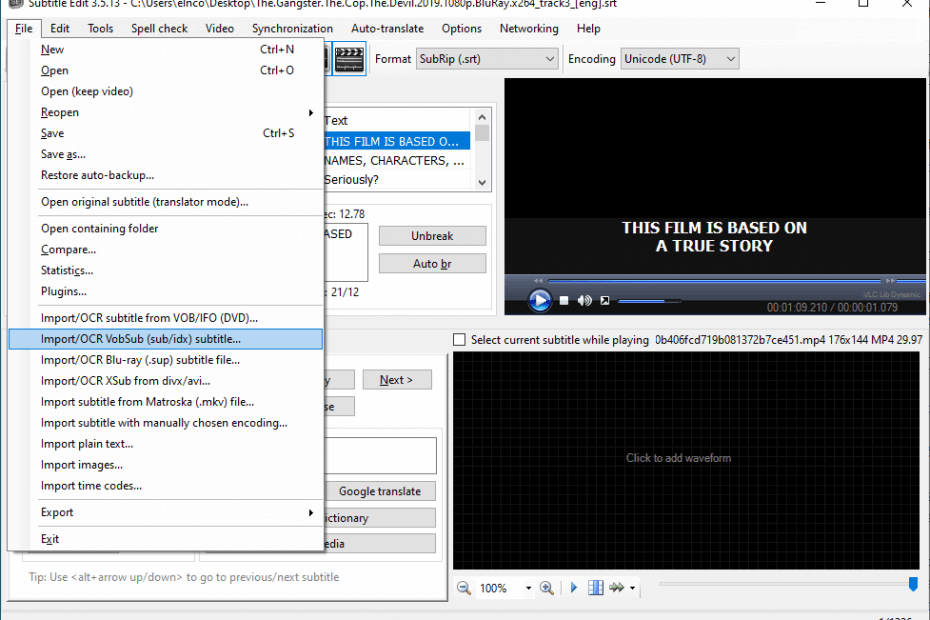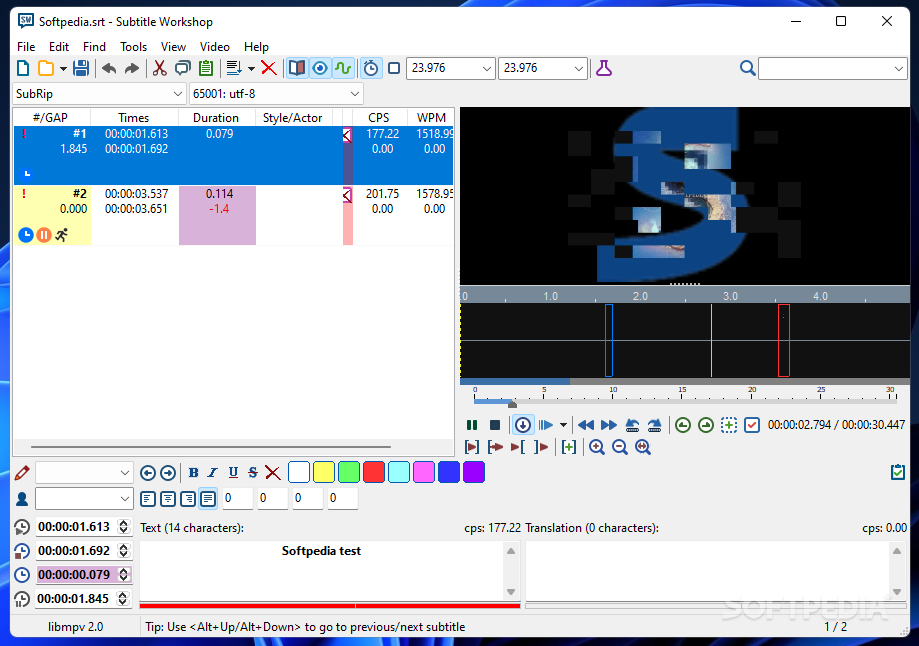

Otherwise, you need to enable libass before proceeding to the next step. If you can see -enable-libass in the configuration, libass is enabled.

You can run ffmpeg -version in your terminal to check whether you have -enable-libass in the configuration. To use the libass library, you need to have libass enabled at compile time. It converts the input subtitle file to an ASS file. The libass library is a portable subtitle renderer for the ASS subtitle format. Adding Subtitles in SRT FormatįFmpeg uses the subtitles filter and the libass library to add SRT subtitles on top of the input video. The subtitles filter is used for adding subtitles in SRT format while the ass filter is used for adding subtitles in ASS format. These two filters are used for different subtitle formats. Adding Hard SubtitlesįFmpeg uses the subtitles and ass filters to hard code subtitles into a video file. Next, we can add the subtitles to the video file using hard coding.

In this tutorial, we will be adding subtitles in SRT(.srt) and ASS(.ass) format to the video using FFmpeg. For reference, the version of FFmpeg used in this tutorial is v5.0.1.īesides that, you will also need to prepare a subtitle file for your video. You will need to download FFmpeg to add subtitles to a video. At the end of this tutorial, you will know how to add Hard Subtitles and Soft Subtitles to a video file. In this tutorial, we are going to use FFmpeg to add subtitles to a video file. The statistics above show that you should definitely add subtitles to your videos. Even if they keep the video silent, the subtitles can help them to understand the video better. However, 37% of viewers said that they tend to turn the sound on whenever there are subtitles on the video because the video seems more interesting. But with 83% of consumers watching videos with the sound off, the effectiveness of your video content might be limited. Studies show that 81% of marketers feel that video has a direct, positive impact on sales.


 0 kommentar(er)
0 kommentar(er)
